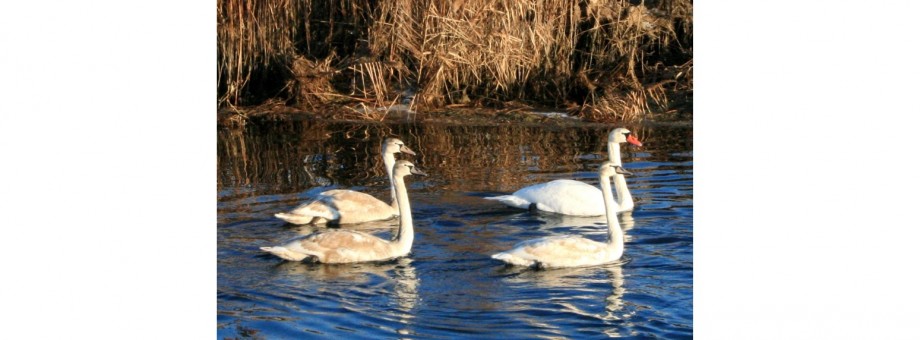Bird population of Caspian region: Interesting fact

On April 1, nature lovers all over the world observed International Birds Day, the global list of which contains more than 8,600 species. On this background, I would like readers to get familiar with brief analysis of birds population of one of the most interesting regions of our country – Caspian region.
Owing to geographic location, biggest Eastern-African and Asian migration routes of Eurasian birds, which the birds use to fly for hibernation to Black and Caspian Seas, Mediterranean and Africa (from the downstream of Nile River up to SAR), Arabia, Persian Gulf, Red Sea, South and South-eastern Asia, Hindustan Peninsula, Australia and News Zealand after the nesting are intersected in this place.
Annually recurring and knowing no border, the birds’ turnover is a heritage of entire humanity, therefore, protection of biological resources according to international conventions is our common business. Having ratified these conventions, Turkmenistan joined this work, having undertaken obligations for protection of wetlands and biodiversity, reserves and other protected natural territories are founded, laws and other regulatory and legal documents are adopted in natural protection sphere.
Total fauna list of Caspian region includes 361 species from 18 groups or 83.4 percent of entire ornithological fauna of Turkmenistan (433 species). The main core of ornithological fauna consists of waterfowls and wetland birds, which in their turn are divided into waterfowls, wetland and near-water birds – 172 species or 47.6 percent. Birds of forest and shrub complexes are on the second place 69 species or 19.1 percent, the third place is shared by mountain and plain birds – 51 species or 13.6 and 14.1 percent. The latter includes typical desert birds. Permanent inhabitants of our settlements and cultural landscape make separate group of Sinanthropus, 6 species or 1.7 percent. Remaining 14 species (3.9 percent) belong to eurytopus, which nest in various biotopes.
By the nature of their habitation they are divided in the following categories: settled birds or birds permanently living in certain territory, which are very few, only 31 species; nesting birds, which are 94 species and the largest category is made of migrating birds, part of the population of which nests across vast territory from tundra of Polar Circle to Caspian Region and mixed category of migrating and hibernating birds – more than 300 species. Number of species like long-tailed duck, velvet scoter, rough-legged buzzard, white owl, black and white-wing larks, Alpine and bright accentors, Lapland longspur and snow bunting are met only in very cold winter. Common scoter, red-wattled lapwing, skuas, lesser black-backed gull, glaucous gull, snow sparrow and yellow-breasted bunting are thought to be occasional birds.
The status of birds in Caspian region is determined by their population in Turkmenistan, condition of the world population, scientific, cultural and aesthetic purpose, use as biological resources that have transnational and transboundary significance, in traditional national customs (bird hunting, keeping of singing birds in cages), by the role in biocenosis. Among all birds of the region, 33 are included in the Red Book of Turkmenistan, lists of IUCN and CIES of various editions, 78 species are rare and other 36 are not numerous while other are usual or numerous. Waterfowls and wetland birds have special importance. They are the targets of sport hunting both in our country and abroad. There are 41 species of them.
According to data of registrations of migrating and hibernating birds since 1934, Eurasian coot, river and diving ducks are the most populated. Cormorants, Caspian gulls, rock doves, sandwich, river and small terns, blackhead gulls and Caspian terns, which nest by colonies, prevail in spring and summer. Due to successful national green programme, the list of migrating and hibernating birds of wood and shrub complexes is growing especially in green zones of Caspian pearl – Avaza.
Recently, eco-tourism and bird watching become more popular in the world. Caspian region has all necessary conditions for this like natural factor (it has Hazar Natural Reserve) as well as developed cultural and entertainment, sport, recreation and transport infrastructure.


 ニュース
ニュース